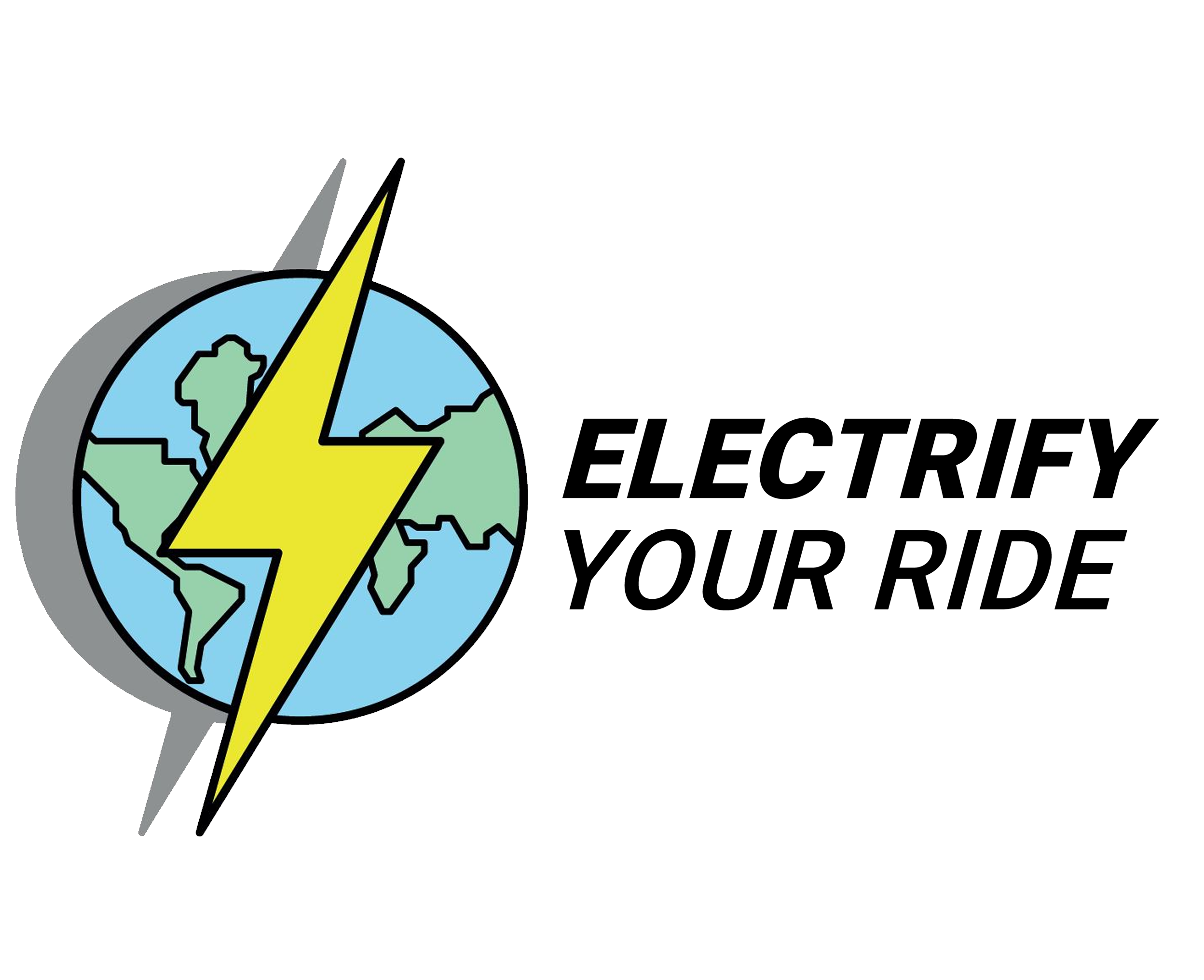In September 2023, Australian student Alexander Burton (21) received the national James Dyson Award for his Rapid Electric Vehicle Retrofit (REVR) project. With REVR Burton aims at making conversions from ICE to hybrid electric fast and cheap.
We consider Burton and his REVR a remarkable example for the drive of young people to make individual mobility more sustainable and save on resources.
Here are some excerpts from his award application:
“My 20-year-old Toyota is perfectly functional except for its petrol engine. Retrofits retain the carbon invested in cars and do not require a new carbon debt for a new car. Car retrofits for electric drive are not widely available to the general public and the present approach of replacing the entire drive train is slow and expensive.”
“What is new is the shape and structure of the REVR motor. By having a flat axial flux outrunner motor with a large inner cavity it is able to mount directly between the cars wheel and disc brake. Since the disk brake and wheel mount to the rotor of the motor and are thus free to spin, the original axle and systems of the car, hydraulic braking and ICE are still able to work as well.”
“While in-wheel drives already exist, none target retrofitting, and they are only made specifically for certain vehicles. The REVR motor provides the same or more power as the existing ICE. The motor mounting system and the design of the motor means it doesn’t need to be ‘locked’ to the axle hub which then allows for hybrid use of the existing ICE engine.”
“My ultimate goal is to make an EV conversion toolkit that can be applied to any ICE vehicle and be implemented with minimal specialist knowledge.”
Read the full award application here.
Even if Alexander Burton might not yet have solved all challenges on his way to the roadworthiness of his REVR, his achievement has been great already and he earns our respect. Hopefully, the prize money that came with the James Dyson Award will enable him to continue his mission. And hopefully, he will influence and encourage other (young) people to think about how to give some of the 1.2 billion ICE cars on earth a more sustainable second life.





